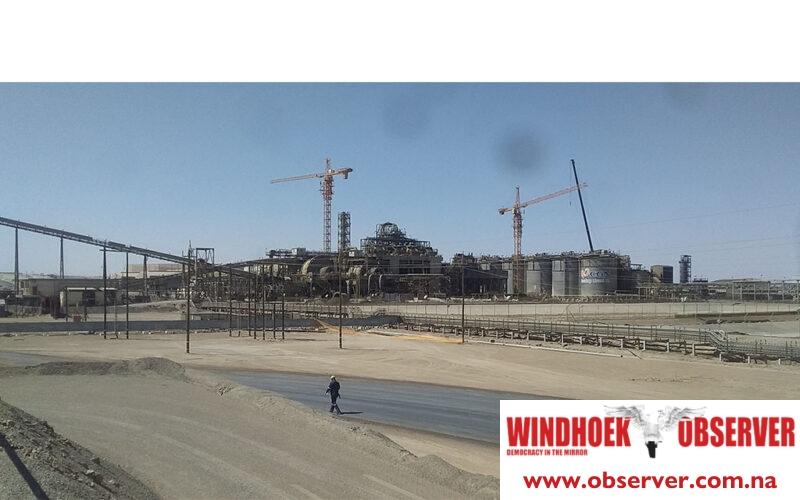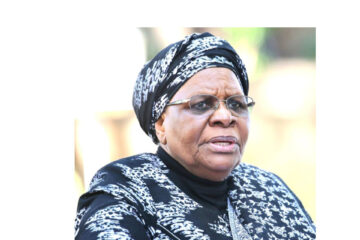Martin Endjala
The Swakop Uranium Mine is working on initiatives to address the mine’s water demands in order to relieve pressure on the country’s bulk water supplier, Namwater.
During a recent media visit to the Husab Mine, Swakop Uranium’s operational arm, Patrick Chizabulyo, the company’s vice president and human resources officer, revealed the [plans to improve the supply of water to the mine.
“We have the ideas and initiatives, but those initiatives have not matured yet, and therefore, we cannot make any announcements now,” he said.
Chizabulyo was responding to concerns about the mine’s high water usage volumes amidst a water scarcity in the country.
He acknowledged that water scarcity is a national concern, which is why the mine has taken drastic measures to recycle its water and is looking at alternative options.
He explained that the mine consumes more water than the towns of Swakopmund and Walvis Bay combined.
Chizabulyo said the company’s long-term plan is to reduce some of its reliance on NamWater as part of its mitigation efforts to save water.
According to John Moody, the Husab Mine’s head of the processing department, on average, the mine uses about 1100 cubic litres per hour of water when processing uranium ore.
“That’s a lot of water if you look at it; if you compare 1100 cubes of water per hour, it is a lot; from NamWater. We can get that on average, sometimes a bit more and most of the time, less. When the Orano desalination plant is running as designed, that plant can supply up to about 1800 cubic metres of water per hour, and we need 1100 cubic metres per hour of minimum water provision, which puts a lot of strain on NamWater,” said Moody.
He indicated that the company has discussed the concerns with the regional governor’s office.
According to the company’s 2022 sustainable development goal, the total mining output amounted to approximately 10 million metric tonnes, comprising 10.6 million metric tonnes of ore extraction, 9.9 million metric tonnes of grinding, and the production of 3 959 metric tonnes of uranium concentrate.
During the same year, the company injected over N$3.2 billion into the local economy through local procurement, tax and royalties, employee salaries and benefits, and social investments.
Swakop Uranium spent approximately N$1.5 billion procuring consumables and services directly from the Namibian market. It has about 3000 workers, including contractors, who work on the mine 24/7.
The Husab Mine is the largest Chinese investment project in Africa to date.




